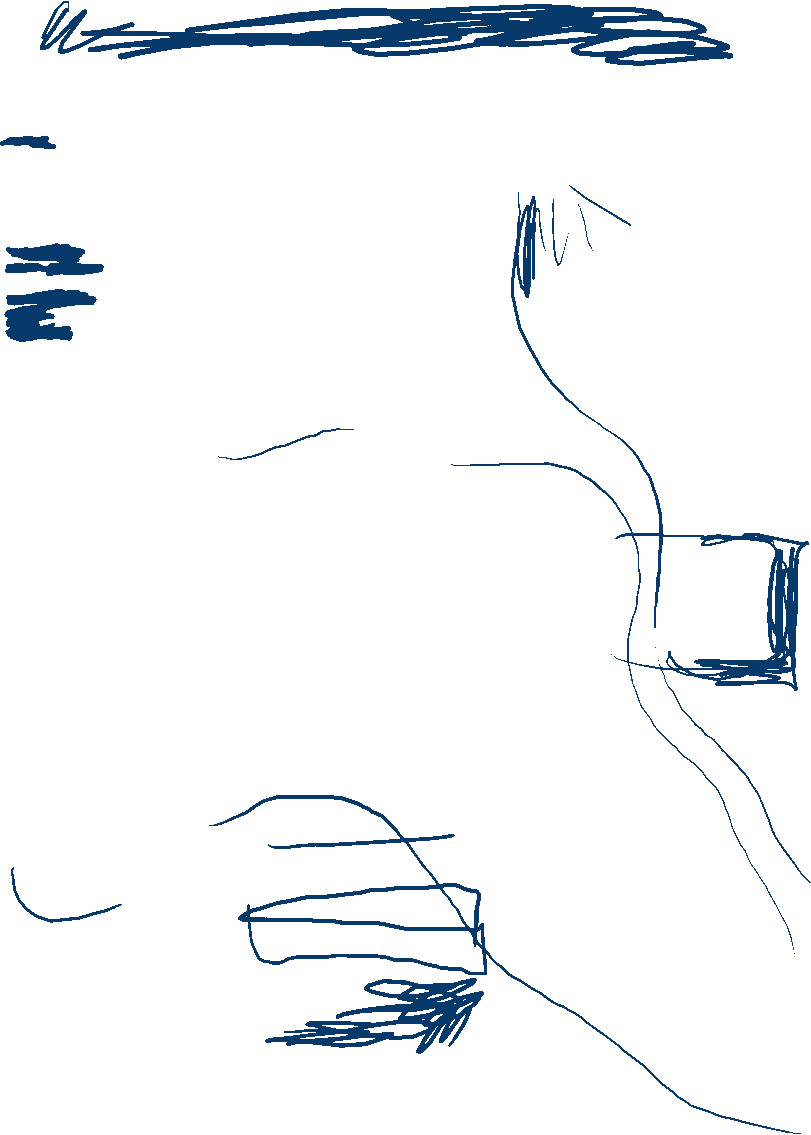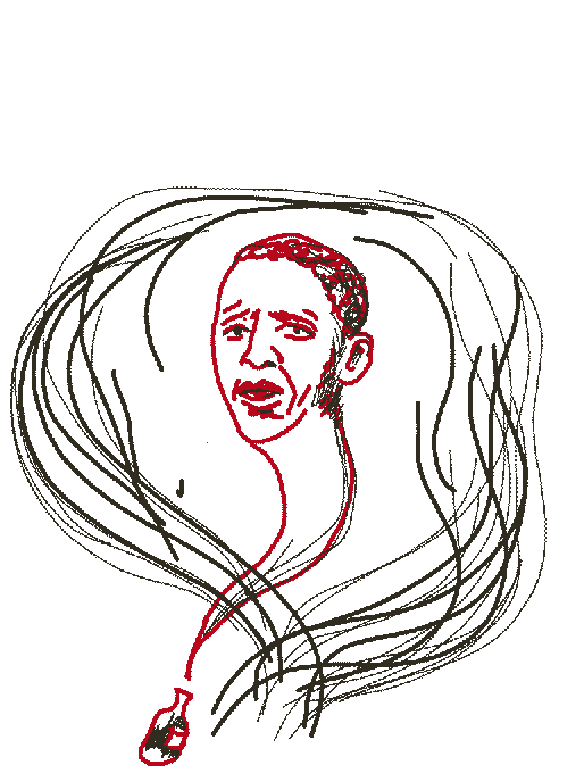Horror can be a means of escaping racial realities. It can also be a means of exploring them.
Take Misha Green’s HBO series “Lovecraft Country,” set in 1950s Jim Crow America. One of the show’s most chilling sequences arrives toward the end of the first episode. (CNN’s parent company owns HBO.)
A White cop tells Atticus Freeman (Jonathan Majors), who’s with his uncle George Freeman (Courtney B. Vance) and his childhood friend and love interest Letitia Lewis (Jurnee Smollett), that they’re in a sundown town. If they’re not out by the time night falls in the next seven minutes, they could be arrested or killed; those are the rules for Black people.
For several agonizing minutes, viewers watch as the cop tailgates the car driven by the frightened Black protagonists. They can’t speed – they’ll get pulled over – nor can they risk being in the county after the sun goes down.
They barely make it. But the intensity of the sequence sticks.
That’s because sundown towns aren’t make-believe. They were created to bolster racial segregation. Fantastical beasts certainly exist in “Lovecraft Country,” but part of the power of the show lies in its illustration that real-life racial terror is as monstrous as anything you might conjure up in your mind.
“What you’re seeing with ‘Lovecraft Country,’ ” the writer Tananarive Due said, is how you can take racial trauma and demonstrate that “it’s a horror story before the monsters even show up.”
The author of “The Good House,” Due teaches a course on Black horror at UCLA. Ahead of the “Lovecraft Country” season finale on Sunday, she and I spoke about the current renaissance in Black horror storytelling, the treatment of Black characters in White creators’ horror yarns and the genre’s power to help Black viewers cope with the world around them.
The following conversation has been lightly edited for length and clarity.
Many writers, including my CNN colleagues Lisa Respers France and John Blake, have mentioned that we’re witnessing a renaissance in Black horror storytelling, and they’ve pointed to Jordan Peele’s 2017 movie “Get Out” as the start of this golden age. Broadly, how did Black creators figure into horror prior to Peele’s shake-up?
There were a lot of notable and powerful Black horror projects before “Get Out.” But they didn’t get the recognition that they deserved, and those directors didn’t get opportunities to go on and make Black horror movie after Black horror movie.
One great example of this is Rusty Cundieff’s 1995 movie “Tales From the Hood,” which had a similar theme of racism as the monster. It was only after “Get Out” that Cundieff got the green light to make 2018’s “Tales From the Hood 2.” That’s one of the best illustrations of what a difficult road it’s been for Black horror creators to get traction in Hollywood.
Even in the great renaissance of the ’90s – there was James Bond III’s “Def by Temptation” (1990) and Kasi Lemmons’ “Eve’s Bayou” (1997), which, frankly, should’ve been an Oscar movie – it was still hard. Never mind failing down. You were succeeding down in the ’90s.
I should also point out that there were standouts in the ’70s, with William Crain’s “Blacula” (1972) and Bill Gunn’s “Ganja & Hess” (1973). “Blacula” opens with the titular character trying to stop the transatlantic slave trade. Black creators like Crain were trying to make up for lost time and pack a lot of history into their storytelling. But again, there was no sustained follow-up in the industry so that executives would even have a notion of what Black horror is.
So then enter Peele. “Get Out” is a fantastic film, so that goes a long way toward explaining its popularity. But it’s also a movie that, though made during the Obama era, was a perfect fit for the Trump era. It was fresh. It was in people’s faces about racism as the monster. And it gave us – creators, executives, academics – the missing piece of the puzzle to help people realize the power of this subgenre.
And before Peele’s arrival, Black characters in the wider horror genre were often portrayed using flat, cartoonish stereotypes.
When Black characters were left in the hands of White creators, they were used in very tropey, clichéd ways.
With some of the earliest horror in the ’30s, you had the sort of wide-eyed coonery and the cowardly, childlike nature. Later, you had the very comforting image of the Sacrificial Negro, who will give their life to save you, dear White person, for absolutely no reason pertaining to their own story.
The Magical Negro appears as the character whose only point in the story is to impart a magical heritage to the White protagonist so that they can survive. There’s the Spiritual Guide, which is a very similar role. Sometimes the guide dies. Sometimes they don’t. But often, the guide will put themselves at great risk to give counsel and guidance to the White characters.
These tropes kept appearing because Black characters had very minor roles. Generally speaking, in a horror movie, someone has to suffer to make it clear that the stakes are big. And usually, you can’t kill off the (White) protagonist because it’s the protagonist’s story. So then Black characters and other marginalized characters became expendable like the redshirts in a “Star Trek” episode: subject to untimely deaths, and not treated with the same depth as the main character.
The 1996 cult classic “The Craft” introduced me to the power of blending horror with direct commentary on racism. In the film, Rachel True’s character asks her White tormentor, played by Christine Taylor, why she keeps harassing her. The bully’s breezy response: “Because I don’t like negroids.”
That blunt embrace of racism pierced right through me, and even as a child, the revenge that True’s character exacts felt darkly cathartic. Why do you think that horror, generally, can be an especially moving way for Black audiences to explore or escape social and political realities?
My late mother, Patricia Stephens Due, was an activist in the ’60s, and she was jailed and tear-gassed and wore dark glasses for her entire adult life because of sensitivity to light after a tear-gassing when she was a college student. She had these scars and this trauma from the fight for social justice and civil rights.
And I really do believe that she was a fan of horror movies more as a way to kind of drain away some of the trauma of the real-life horrors that she couldn’t fix and couldn’t control: the anxieties of being a Black American and being subjected to institutional racism, the fear that harm would come to her grandsons at the hands of the police.
Like I say in “Horror Noire” (2019), Black history is Black horror.
Which reminds me of “Lovecraft Country,” a show that takes place in the ’50s and sometimes imagines racists as the real monsters.
What you’re seeing with “Lovecraft Country” is an example of how you can take a traumatic event – the 1921 Tulsa massacre was the subject of the most recent episode – and show that it’s a horror story before the monsters even show up. You don’t need monsters for it to be horror.
But when we add monsters, we’re unpacking horror more metaphorically. We’re giving horror a form that’s easier to vanquish, because there are rules to monsters and there aren’t rules to racism except White supremacy. With a monster, if you do the right ritual or say the right incantation or have the right group of people, you might actually beat that thing.
I think that the idea of rules was very appealing to my mother, the idea that sometimes you can beat the monster. But even if you can’t beat the monster, you see characters demonstrate survival behaviors against unimaginable odds. You have to react quickly. You have to be able to process new and confusing information. You have to know how to run when things don’t look right. There are so many real-life survival lessons in horror movies.
I recently saw a piece in The New York Times citing a study that says that horror fans have an easier time coping with crisis. I don’t know if that’s true, but I do feel that my interest in horror, especially in Black horror, has a lot to do with preparedness for crisis, because even if it’s not a racist crisis, life is always going to throw crises at us. Life gets harder as we go, not easier. It takes a lot of courage to face the realities of life.
To me, horror is portraits of courage, portraits of survival. Or at least portraits of how to fight, to give it every last ounce you have before you give up.
You made me think of one of my favorite scenes in 2001’s “Scary Movie 2,” which isn’t a horror movie but, rather, a send-up of the genre. When one of the White characters says that the group ought to split up to track down a ghost, a Black character played perfectly by Regina Hall replies, “How come every time some scary s**t happens and we need to stick together, you White people always say, ‘Let’s split up?’ “
That comes from a particular place. Because Black Americans have been subjected to so much intergenerational horror – like the aftermath of Tulsa, like just trying to return home from the supermarket without getting pulled over – when something doesn’t look right, we don’t walk toward it. We walk away from it. In fact, if we can, we run away from it.
And that’s the sensibility that many White filmmakers miss when they’re making horror, specifically when they’re depicting Black characters. If you had a more comfortable upbringing or you don’t have too many historical traumas, maybe you’re more willing to say, “Hello? Is someone there?” and follow the sound around the house. But if you’ve seen stuff go down, you’re going to have a different reaction.
Black horror is horror, first and foremost. That’s my firm opinion. Black horror is a subgenre of horror, but it’s still horror. It’s just a slightly different sensibility, and sometimes has themes that are more related to race and history and social justice and ancestors and ritual than traditional horror.
I think that horror fans are somewhat unique in that they’ve seen it all so many times that what they really crave is novelty. I think that the fact that “Get Out” and “Us” (2019) each grossed more than $250 million is evidence that horror fans are happy to embrace difference in their movies. And honestly, just having a Black protagonist is still so revolutionary in 2020.




